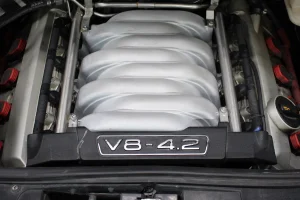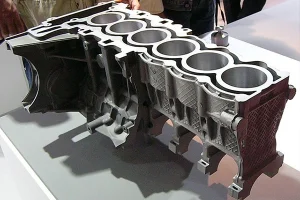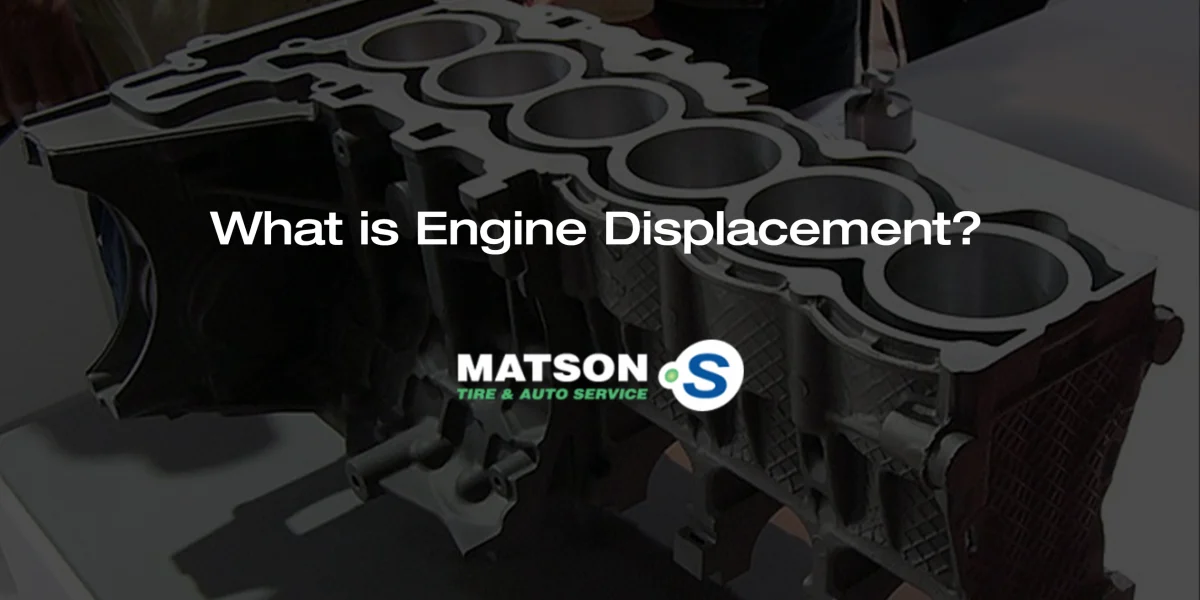When talking about cars, you may have heard a few random numbers thrown around in reference to the engine. From 2.0 to 3.6, to 4.3, these numbers can be confusing for the uninitiated but have crucial meaning for owners and mechanics alike. While these single-digit numbers with decimals refer to liters, it’s common to see CCs (cubic centimeters) or even cubic inches as measurements for the same metric.
What Does it Mean?
All these numbers refer to the displacement of the engine, which is essentially the amount of space within the engine block used for combustion. Engine displacement is a huge deal, as it not only relates to the physical size of the engine within your vehicle’s engine bay, but also affects the power output, torque output, and fuel efficiency of the vehicle.
Most vehicles will list their displacement in liters (i.e. 3.0L), while cubic centimeters are often used for small engines on bikes (i.e. 1000CC), and cubic inches became the norm in the early American automotive scene (i.e. Chysler’s 440 V8, 440 being the displacement in cubic inches). Nowadays, car and truck engine displacement is almost exclusively described in liters.

Does Bigger Mean Better?
While many think the displacement number directly decides the power of the engine (bigger = better), that idea often falls short in practice in modern vehicles. The advent of turbochargers and other forms of forced induction becoming the “next big thing” in everything from grocery-getters to supercars has allowed smaller displacement engines to fight with their bigger counterparts in terms of power output and put them to shame in the efficiency department.
The reason for this confusion comes from older vehicles, where in an oversimplified way, bigger engines meant larger combustions which meant more power. The increased size of the combustion chambers meant more air and fuel could be introduced, resulting in more powerful engines. While modern large V8s are still famous for their huge power outputs and displacement numbers upwards of 5 or 6 liters, the more efficiently designed smaller engines of modern vehicles with forced induction means that the benefits of huge engines are somewhat diminished, especially with their gas-guzzling tendencies.
The common trope of “there’s no replacement for displacement” is one that came from the history of inefficient large engines being the only choice for those looking to go fast, but holds much less true today with modern engine designs. In 2019, Mercedes-Benz’s M139 set the record for the most powerful production four-cylinder engine at 416 horsepower. This new generation of potent undersized engines has changed the narrative on the necessity of large displacement in high-performance vehicles.
Why Do Engines Have Different Displacements?
The most common type of engine, the inline-4, is found in everything from small econoboxes to large family SUVs and sports cars these days. These engines only use 4 cylinders, and in turn, require much less space to fit, weigh significantly less, and have lower displacement numbers. These engines are generally considered the least powerful and most fuel-efficient of the common engine configurations, but recent innovations have made them some of the most popular platforms with turbochargers and more efficient designs.

Larger engines like V6s, I6s, and V8s have more cylinders, which means larger displacements. Often these engines are used for high-performance vehicles, heavier vehicles, or ones that require large towing capacity.
Increasing displacement used to be an easy way for manufacturers to increase the power of a motor, but as emissions restrictions and gas prices have increased, so has the demand for performance vehicles built on small-engine platforms. That said, high-displacement sports cars are still available such as the Dodge Challenger/Charger and Ford Mustang in their V8 trims, for those looking for some old-school power and noise.
Engine Service at Matson Point S
If you’re looking for quality engine services in the Salt Lake Valley, the ASE-certified technicians at Matson Point S have you covered! Our team has extensive experience working on all makes and models. Call or schedule online today.

